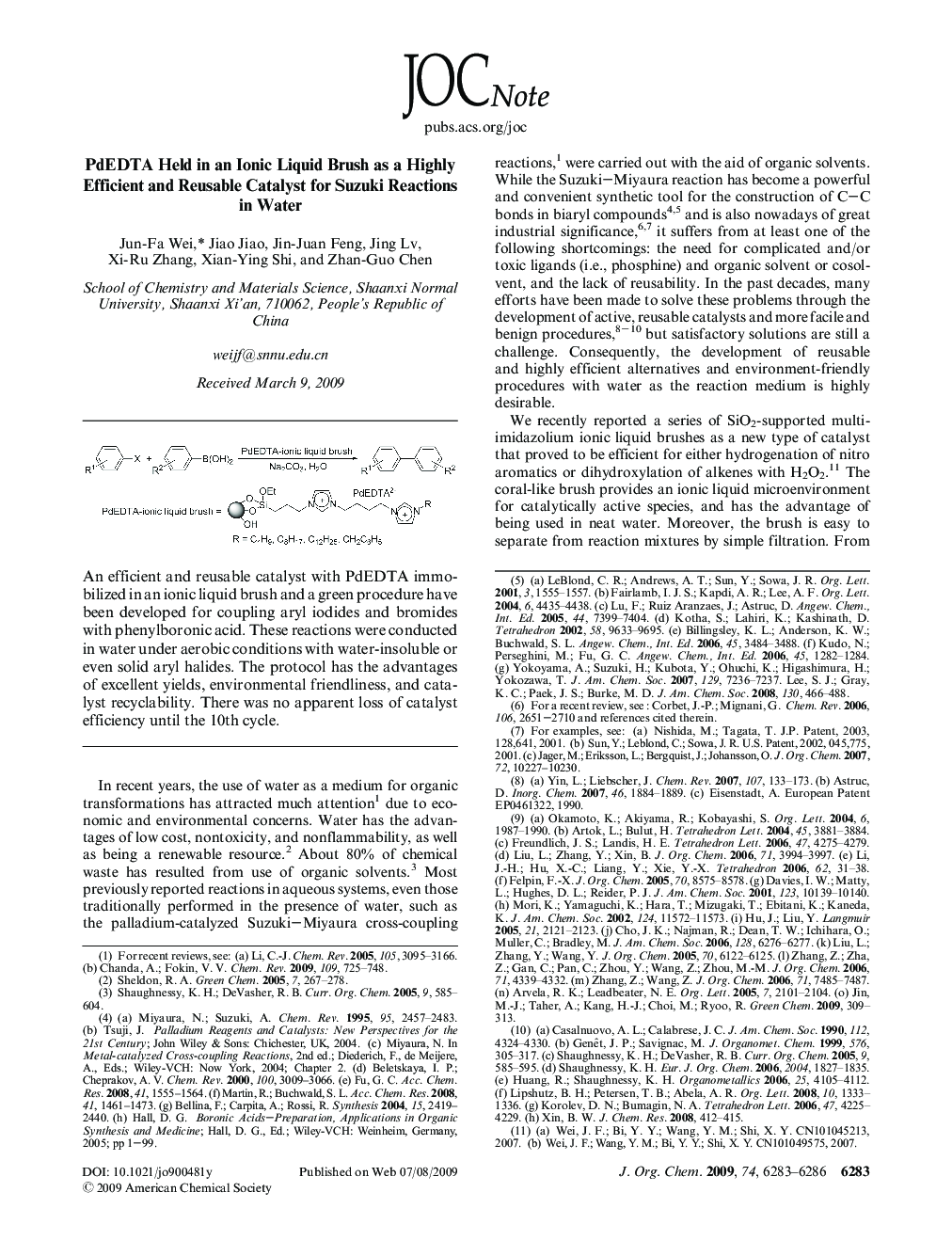| Article ID | Journal | Published Year | Pages | File Type |
|---|---|---|---|---|
| 5560276 | Food and Chemical Toxicology | 2017 | 4 Pages |
Abstract
In the present study, we have investigated DNA-damaging potential of BPA and its analogs, i.e. bisphenol S (BPS), bisphenol F (BPF) and bisphenol AF (BPAF) in human peripheral blood mononuclear cells (PBMCs) using the alkaline and neutral versions of the comet assay, which allowed to evaluate DNA single strand-breaks (SSBs) and double strand-breaks (DSBs). The use of the alkaline version of comet assay made also possible to analyze the kinetics of DNA repair in PBMCs after exposure of the cells to BPA or its analogs. We have observed an increase in DNA damage in PBMCs treated with BPA or its analogs in the concentrations ranging from 0.01 to 10 μg/ml after 1 and 4 h incubation. It was noted that bisphenols studied caused DNA damage mainly via SSBs, while DNA fragmentation via double DSBs was low. The strongest changes in DNA damage were provoked by BPA and particularly BPAF, which were capable of inducing SSBs even at 0.01 μg/ml, while BPS caused the lowest changes (only at 10 μg/ml). We have also observed that PBMCs significantly repaired bisphenols-induced DNA damage but they were unable (excluding cells treated with BPS) to repair totally DNA breaks.
Related Topics
Life Sciences
Agricultural and Biological Sciences
Food Science
Authors
Katarzyna Mokra, Agnieszka KuźmiÅska-Surowaniec, Katarzyna Woźniak, Jaromir MichaÅowicz,
